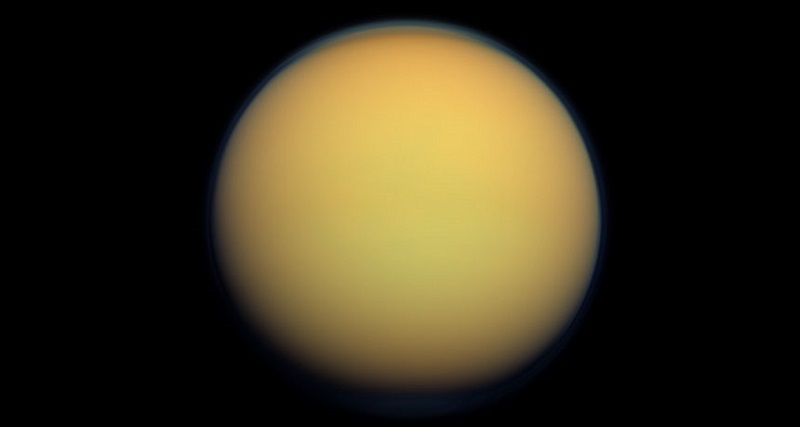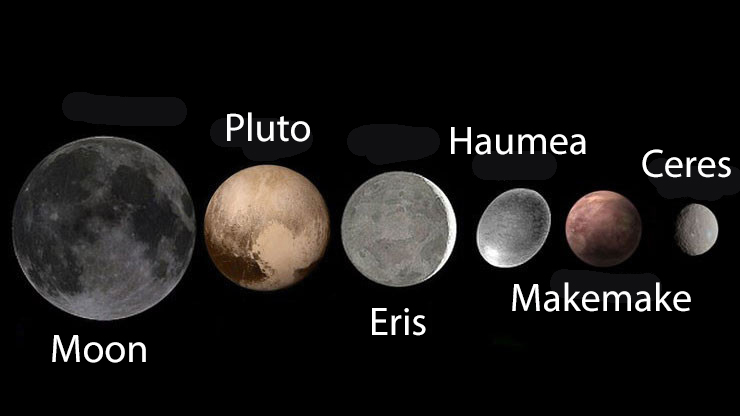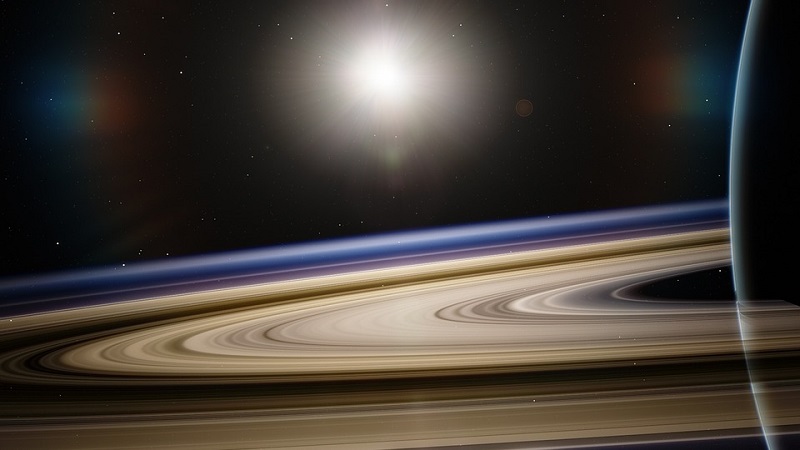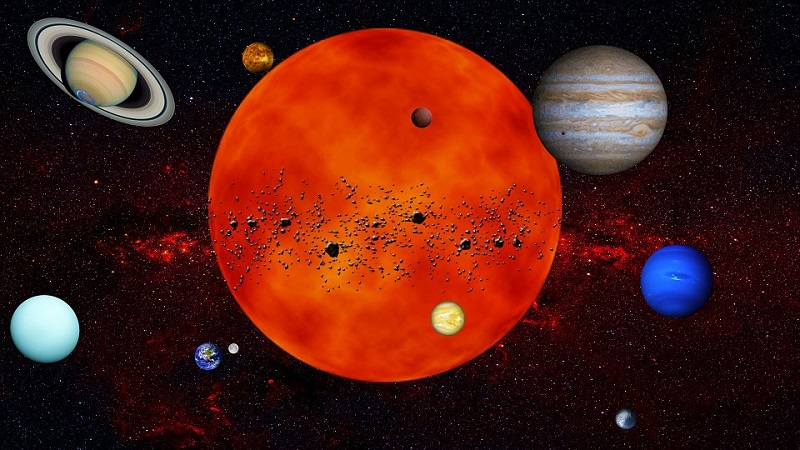What do we know about Titan, a moon of Saturn? It’s Earth-like in some ways, there are lakes, rivers, clouds, and rains, but it’s really cold there. However, the thick atmosphere protects the surface from radiation, and perhaps the first extraterrestrial colony of humanity will appear on Titan instead of Mars.
Top facts about Titan
- Plenty of scientists consider Titan a more promising celestial body in terms of colonization than even Mars.
- The temperature near the surface here is almost the same at the equator and at the poles because of the very dense atmosphere, combined with the distance from the Sun. It is about -290 F °(-179.5 °C), and at different points of the surface, the temperature difference does not exceed 3-5 degrees.
- Titan is the largest of all the moons of Saturn, as well as the second-largest moon in the Solar System.
- There’s water here! According to some estimates, water ice accounts for about 50% of the total mass of Titan. The presence of water means that it can be decomposed into oxygen and hydrogen.
- From 95 to 98% of Titan’s atmosphere consists of nitrogen. For comparison, in the Earth’s atmosphere, nitrogen accounts for about 78% of the volume.
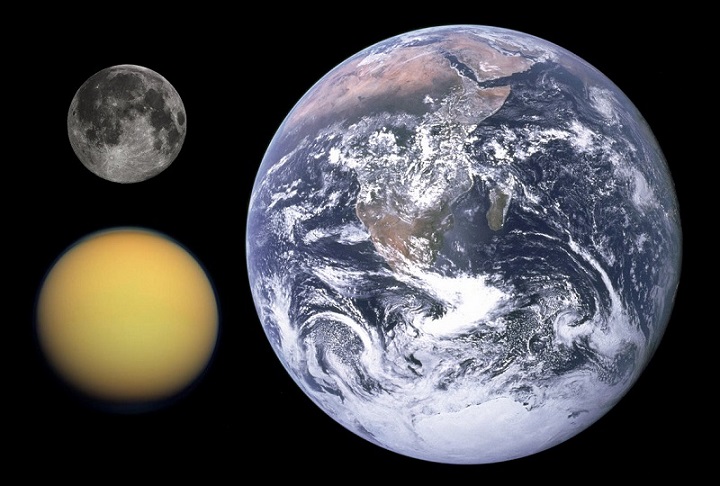
- It’s the only one (except for the Earth) celestial body in the Solar System in which the presence of liquid and surface is reliably established.
- Titan has lakes, rivers, and seas that are mostly made up of liquid ethane. On Earth, ethane is present as a gas, but here it is liquid due to extremely low temperatures.
- In terms of atmospheric density, Titan is second only to Venus among all the planets in the Solar System and their moons. Its atmosphere extends 400 km into space, and the atmospheric pressure near the surface is 1.5 times higher than that on our planet.
- Titan is wrapped in a solid cloud cover because of the high density of the atmosphere, and it is impossible to see its surface from space in the visual range.
- The surface area of Titan reaches 32 million mi² (83 million km²). This is a bit more than half of the total landmass area of the Earth – 58 million mi² (149.9 million km²).
- It rains here, just like on our own planet.
- In 2005, the Huygens lander separated from the Cassini interplanetary station and made a soft landing on the surface of Titan. This is the only landing on a celestial body in the outer Solar System now.
- Saturn has a powerful radiation belt. But the atmosphere of Titan protects the surface from radiation well enough.
- Titan receives very little sunlight because of the distance from the Sun. But we can’t say that’s dark there because light reflected from Saturn is quite enough.
- Active cryovolcanoes have been found here. This explains the resupply of methane in the atmosphere, which would otherwise have been converted by solar radiation long ago. Several cryovolcanoes have already been detected, they spew a mixture of water and ammonia.
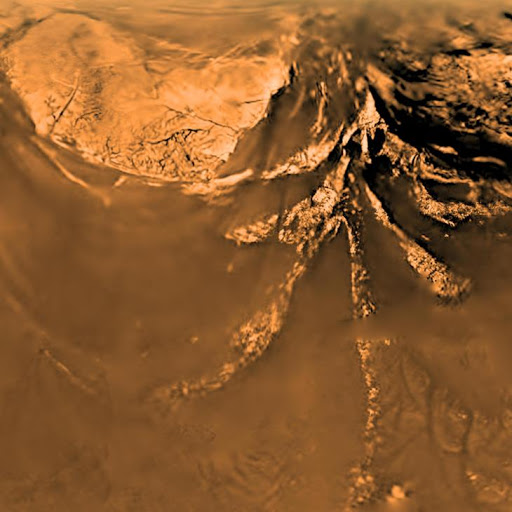
- The gravity on Titan is 7.2 times less than on Earth.
- The size of this moon exceeds the size of Mercury.
- The automatic interplanetary station “Cassini” took 7 years to get here.
- Titan is almost twice as massive as our own Moon. Its mass is 80% more than that of it.
- It is not tilted relative to its axis. Despite this, there is a change of seasons here – as many as 4 seasons, just like on Earth. Each of them lasts about 7 standard years.
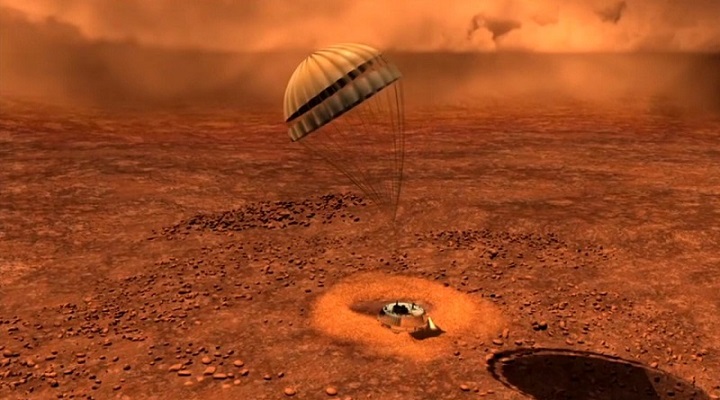
- Science believes that there are layers of water ice hundreds of miles thick between the solid core, which accounts for about 70% of the diameter of Titan, and its surface.
- There’s an ocean of liquid water at a depth of about 62 miles (100 km) below the surface of Titan. However, the water in it is characterized by extreme salinity and is more like brine. In such conditions, the emergence of life is considered unlikely.
- When the Sun turns into red giant billions of years later and burns the inner planets, it will become much warmer on Titan, and the average temperature will be about -95 °F (-70 °C). However, the warm period won’t last long, only a few million years, after which the Sun will begin to shrink, cooling down and turning into a white dwarf.
- Winds in the atmosphere of Titan blow continuously, but their direction gradually changes, it takes about 14.5 years. Then the cycle repeats.
- Saturn surpasses Titan in mass by 4227 times.
- Titan is constantly facing Saturn on the same side as the Moon facing Earth.
- The sky here is not blue, as on our planet, but brown. This color is due to the presence of methane in the atmosphere.
- Titan makes one revolution around its mother planet in 16 standard days.
- Powerful hurricanes can occur here from time to time. They are a danger to potential colonists, as the high density of the atmosphere gives them a huge destructive power.
- The hydrocarbon lake Ligeia Mare located near the North pole of Titan has an area of about 38,000 mi² (100,000 km²). This is 2.5 times the area of the Sea of Azov on Earth.
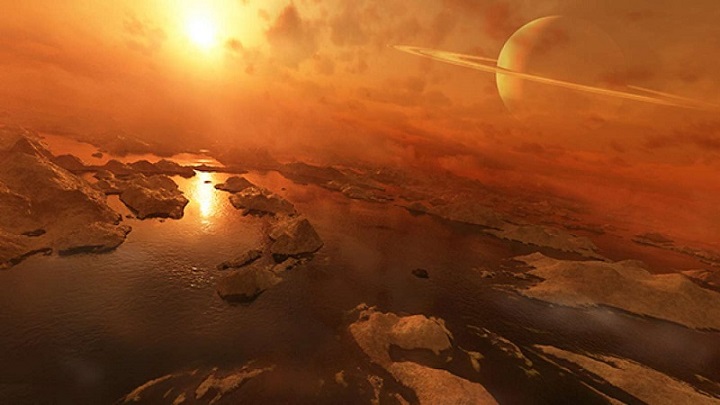
- The first close-up photos of Titan were taken in 1980 by a passing Voyager 1. Now Voyager 1 continues to move away from us, it entered interstellar space back in 2012 already.
- The existence of water ice on the surface of Titan is quite possible. Unlike Mars, where ice immediately evaporates bypassing the liquid aggregate state, due to extremely low pressure.
- A spacecraft called Dragonfly will begin its long journey to Titan in 2026. Its main task will be a search for extraterrestrial life on this moon of Saturn.
- Unlike most other moons, Titan doesn’t have large impact craters. It is likely that meteorites either miss it completely, being captured by the gravity of Saturn, or burn up in its dense atmosphere before reaching the surface.
- Rains on Titan happen at the poles only at the poles usually. Sometimes it’s raining in the equatorial area, but rarely.
